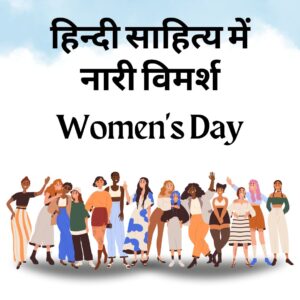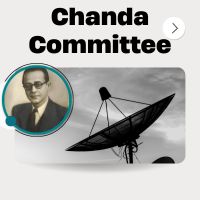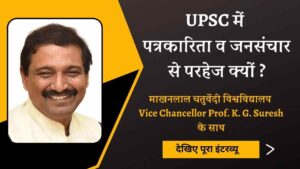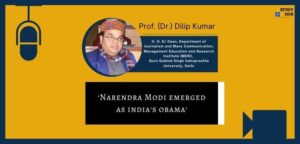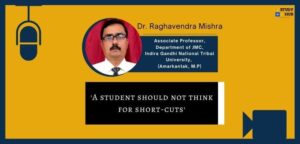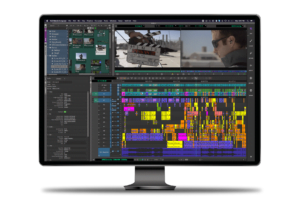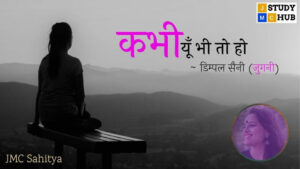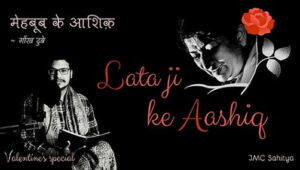- David Berlo postulated Sender-Message-Channel-Receiver (SMCR) model of communication from Shannon Weaver’s Model of Communication in 1960.
- There are mainly four components in Berlos’s model to describe the communication process. They are sender, message, channel and receiver. Each component is affected by many factors.
- Encoding and decoding is also focused in this model which happens before sender sends the message and before receiver receives the message respectively.
Components of Berlos’s SMCR Model
Sender is the one who initiate the communication process. Sender sends the message to the receiver. The same influencing factors of the sender are also applicable to the receiver.
These are the following factors that affect the source or sender:
Communication skills-
Effective communication depends upon the communication skills of a person. If a sender has good communication skills the message communicated will be better. So here communication skills include: reading, listening, speaking, presenting etc.
Attitude-
The attitude of the sender and the receiver creates the effect of the message. For example the attitude of the student is to learn more, similarly the attitude of the teacher is to teach and help the students.
Knowledge-
If you are more familiar with the subject of the message what you are communicating then communication is going to be more effective.
Social systems-
The Social system includes the various aspects in society like values, beliefs, laws, rules, religion and many other social factors influence and affect the sender’s way of communicating the message. With this place and situation also fall under social systems.
Culture-
As you know that there is too much cultural diversity in our country India. Each society has different culture so cultural differences make messages different. A person from one culture might find something offensive which is very much accepted in another culture.
Message
The message is the package of information that is sent by the sender to the receiver. It might be in various forms, such as audio, speech, text, video or other media. The key factors affecting the message are.
Content-
Content could be anything from beginning to the end of a message whether you talk of teacher teaching in class or any representatives speaking in a rally.
Elements-
It includes non verbal aspects like language, gestures, signs, body language etc. that may influence the message, so these are all the elements of the particular message.
Treatment–
It’s all about the packing of the message like how the message is conveyed or passed or delivers.
Structure-
The structure of the message means how it is arranged or has been structured but if the structure is not properly arranged then the message will be effective or get to the receiver.
Code-
The code means how the message is sent and what form it could be. It might be in the form of language, gestures, text, music, video and even culture is a code.
Channel
Channel is the medium which is used to send the message. For an example Air might be the channel to travel the sound when we speak through mouth and other one hear. Other forms of communication, technical machines might be used as a channel like telephone, internet, etc. But in general communication, human beings have five senses which the channels for the communication flow become.
- Hearing- e.g. interpersonal, radio etc.
- Seeing- e.g. non-verbal message, television etc.
- Touching- e.g. hugging, holding hands etc.
- Smelling- e.g. perfumes, flowers etc.
- Tasting- e.g. food taste etc.
Receiver
As you know that in a linear communication process, the receiver is always located at the end. The receiver needs to be similar or in the same level like the sender means sender and receiver equally have good communication skills for the communication to be effective.
Criticism of Berlos’s SMCR model of communication:
- There is no concept of feedback, so the effect is not considered in this model.
- There is no concept of noise or any kind of barriers in communication process.
- It is a linear model of communication means no two way communication.
- Both sender and receiver must be on the same ground for communication which is not true in real life.
Share your experience and knowledge about the above article in the comments box below. If you liked this article, then please subscribe follow this website for the latest posts on Journalism and Mass Communication. You can also find us on Facebook, Twitter,Linkedln and YouTube.
Source-
- https://www.businesstopia.net/communication/berlo-model-communication
- https://www.communicationtheory.org/berlos-smcr-model-of-communication/
- https://www.toolshero.com/communication-skills/berlos-smcr-model-of-communication/


